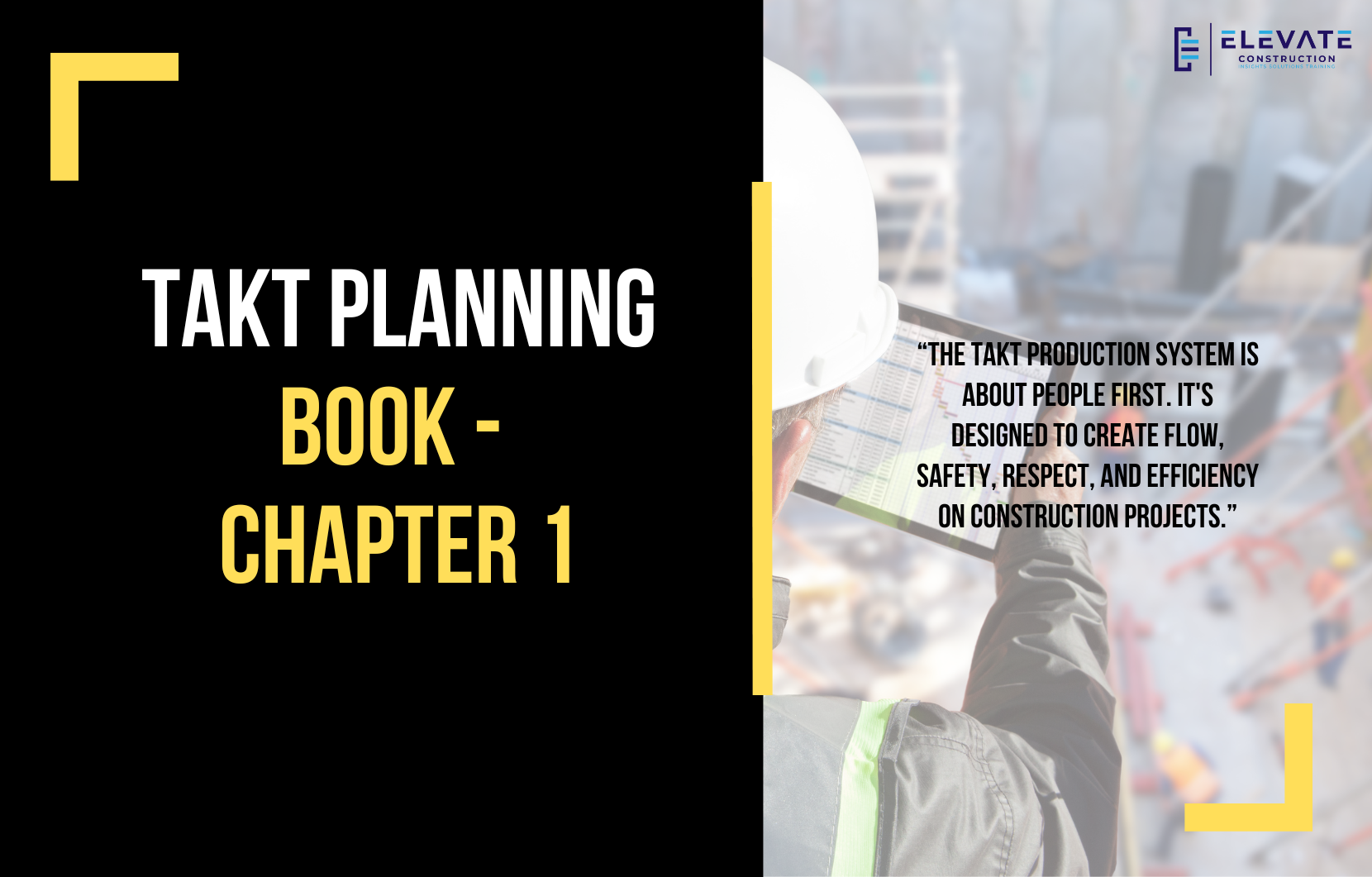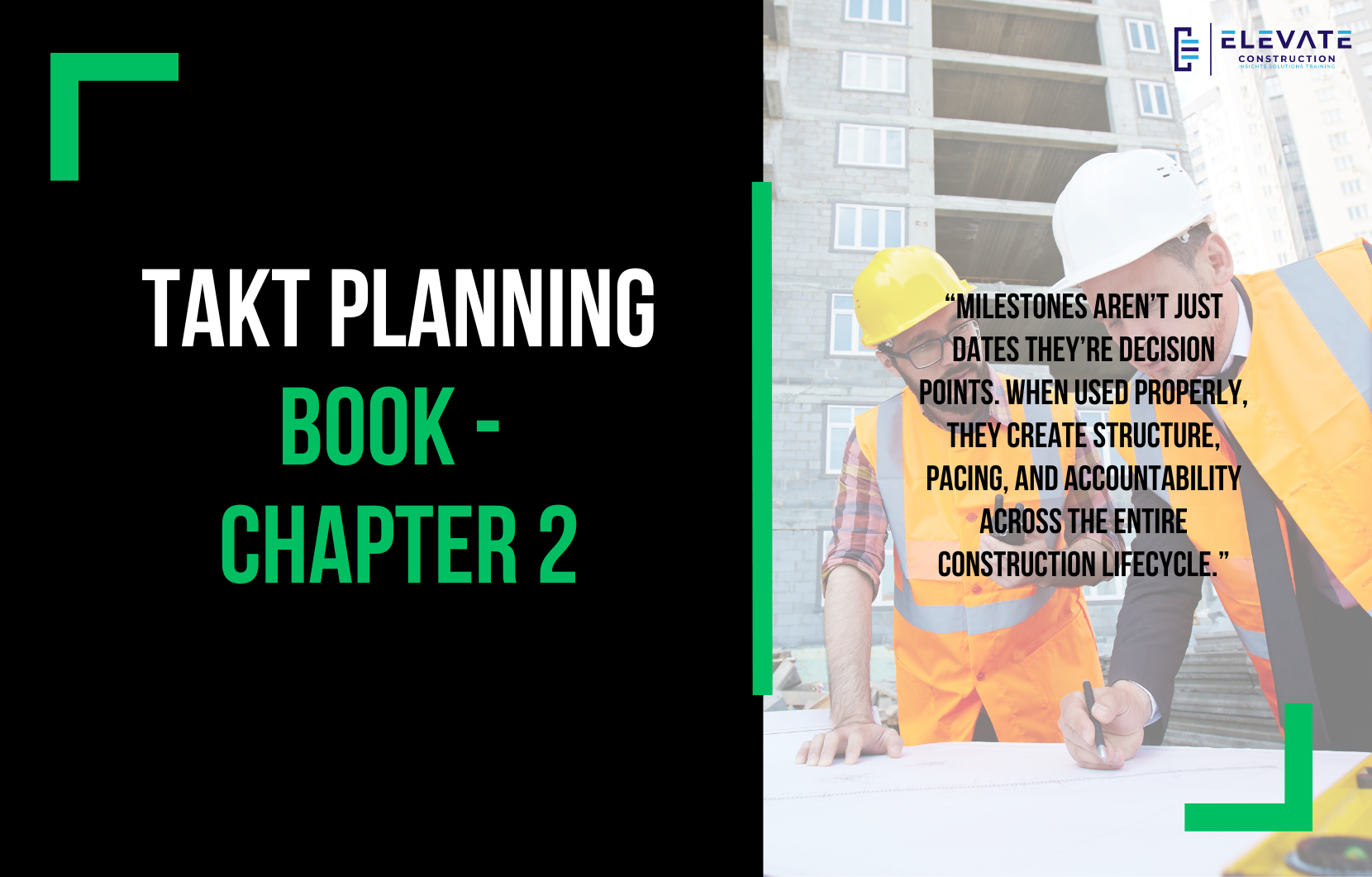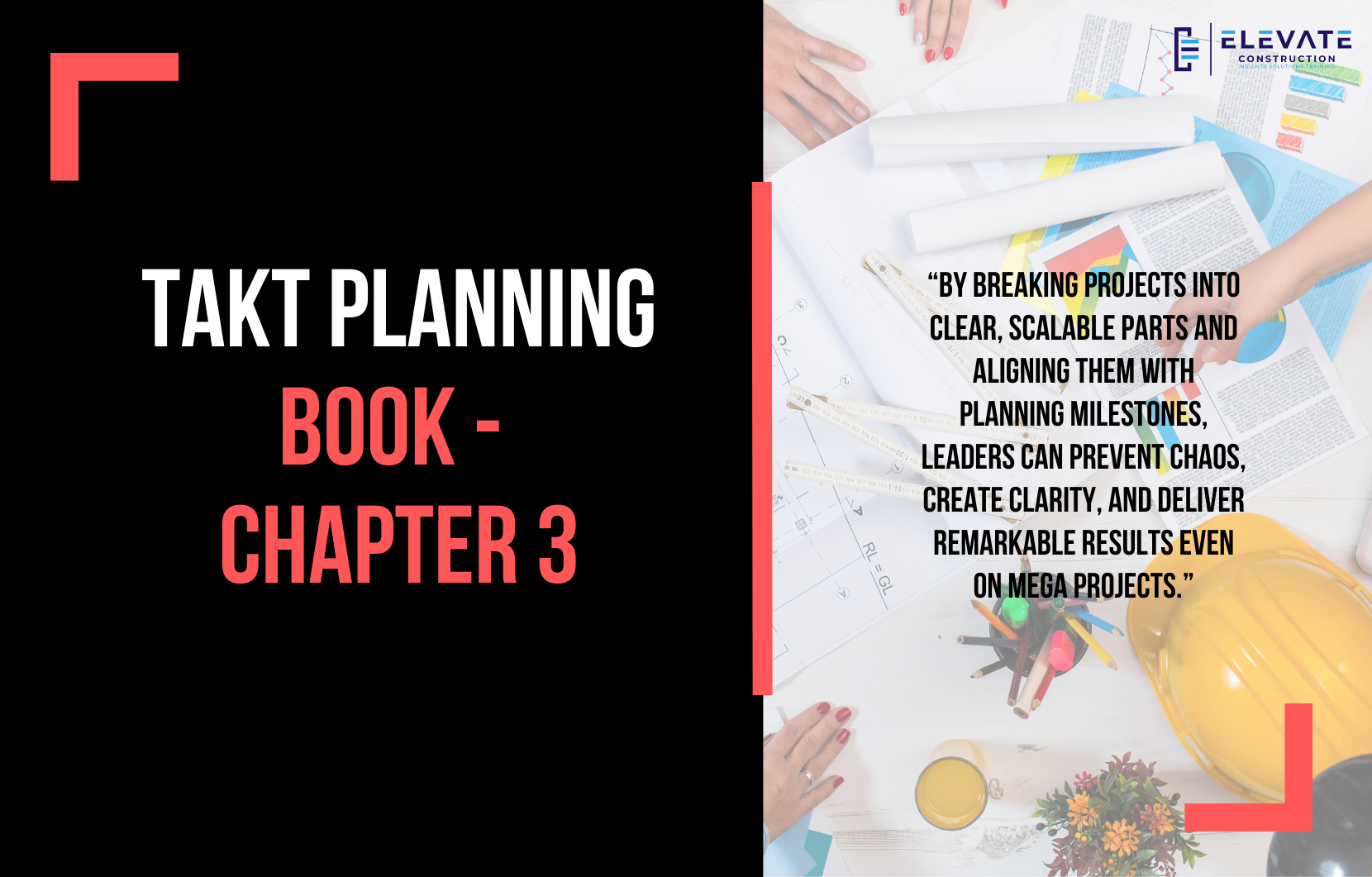Questions from a Listener
In this blog, I am going to answer some great questions from a listener who read my book and sent me thoughtful reflections. I will go through each of their questions and share my perspective.
How can a superintendent be proactive about waste and variation during preconstruction?
The two enemies of a superintendent are waste and variation. Waste shows up in three categories: overburden, unevenness, and the classic eight wastes. Variation disrupts stability and flow. When I talk about fighting waste and variation, what I am really talking about is creating systems that allow for consistency, balance, and flow on a project.
The way to do this is not through a simple schedule but through true production planning. By focusing on proper batch sizes, balanced workflows, and smooth production systems, we can anticipate and reduce problems before they surface.
Preconstruction is the perfect phase to get ahead of these issues. Creating a production plan with clear work packaging and sequencing helps build the foundation for success. Later phases such as pull planning, look-ahead planning, and trade partner preparation also give opportunities to stay in front of problems. Flow does not come from pushing people harder. Flow comes from making work ready and aligning the team to execute with stability.
What did old school superintendents get right?
This is an excellent question. Old school superintendents, long before the heavy reliance on CPM schedules, often built projects in ways that created flow naturally. They studied drawings in depth, knew the means and methods of construction, and had a consistent team they worked with from project to project. Many of them had strong production systems based on time and location, which made sense for the way work actually happens. They valued craftsmanship, experience, and deep knowledge of building.
What we see in many cases today is a loss of both that technical expertise and the adoption of modern methods. Too many modern supers do not read drawings well, lack experience with means and methods, and resist technology. Instead of building strong teams and systems, they resort to pushing and rushing. That approach does not work anymore.
The future of our industry requires a new kind of superintendent. The superintendent of tomorrow will know tact planning, last planner, scrum, and lean methods. They will embrace technology and understand how to leverage digital tools while also carrying forward the grit, experience, and respect for people that defined the best of the old timers.
A true modern superintendent combines the wisdom of the past with the innovation of the present. They can read drawings, plan production, lead teams, and integrate new methods to create remarkable outcomes.
What advice would I give to my younger self at 28?
This is perhaps the most personal and meaningful question. If I could go back, the advice I would give to myself is to embrace respect for people. At the time I thought in terms of control and performance, but the lesson I eventually learned is that it is usually the system and process that create problems, not the people themselves.
Truly understanding respect for people changes everything. It helps you honor the trades, respect foremen and workers, and build relationships with trust. It encourages you to champion women in construction and support diversity across the workforce. It reshapes how you see protected classes, how you understand leadership, and even how you approach relationships at home.
If I could replay my early years, I would spend less time being critical and more time supporting others. I would be a better husband, a better partner, and a better leader. I would recognize earlier that people are inherently good and that systems are usually what need to change.
Respect for people has been the single most transformative principle in my life. It allows you to look beyond stereotypes, politics, or bias and see the humanity in every person you meet. It makes you inclusive, patient, and compassionate. Most of all, it builds the trust that allows projects and teams to thrive.
Final Thoughts
At the end of the day, construction leadership is not just about projects. It is about people. Whether you are creating a production plan, running a team, or raising a family, the principle that will serve you most is respect for people.
Old school supers remind us of the value of craftsmanship and experience. Modern methods remind us of the need for innovation and flow. The leader who can combine both while treating people with respect will be the one who truly elevates the construction experience.
Key Takeaway
If I could tell my younger self one thing, it would be this: respect for people above all else. The system creates most problems, not the people.
If you want to learn more we have:
-Takt Virtual Training: (Click here)
-Check out our YouTube channel for more info: (Click here)
-Listen to the Elevate Construction podcast: (Click here)
-Check out our training programs and certifications: (Click here)
-The Takt Book: (Click here)
Discover Jason’s Expertise:
Meet Jason Schroeder, the driving force behind Elevate Construction IST. As the company’s owner and principal consultant, he’s dedicated to taking construction to new heights. With a wealth of industry experience, he’s crafted the Field Engineer Boot Camp and Superintendent Boot Camp – intensive training programs engineered to cultivate top-tier leaders capable of steering their teams towards success. Jason’s vision? To expand his training initiatives across the nation, empowering construction firms to soar to unprecedented levels of excellence.
On we go










